It’s late afternoon in Lastres Harbor. The salty breeze brings the hum of activity along Spain’s northern coast.
Fishing boats, their hulls splashed with bright paint, head back after a long day at sea. I watched the crews unload their catch and greet friends and family waiting on the docks—a slice of authentic Asturian coastal life that felt both timeless and deeply tied to this little community.

Image Source: Wikimedia Commons
The harbor truly feels like the heart of Lastres. The village seems to tumble down green hillsides right to the water’s edge.
Locals stroll the piers. Kids play nearby, and the day’s fresh fish quickly ends up in nearby cafes.
If you’re visiting Asturias, this moment gives you a real look at the rhythms and spirit of coastal Spain. It’s far from the crowds and feels genuinely warm.
Experiencing Lastres Harbor: An Authentic Slice of Asturias
Arriving in Lastres, I felt like I’d stepped into the heart of Asturias’ coastal traditions. The harbor stays busy, colorful, and rooted in history.
You get a close-up view of real Spanish fishing village life here.
First Impressions and Setting
When I first walked into Lastres Harbor, the scent of salt filled the air. Gulls called out, echoing off the old stone walls.
The village climbs up the steep hillside. Whitewashed houses with bright blue shutters peek through the mist.
From the edge of the quay, the Cantabrian Sea shimmered. I couldn’t help but stop and stare.
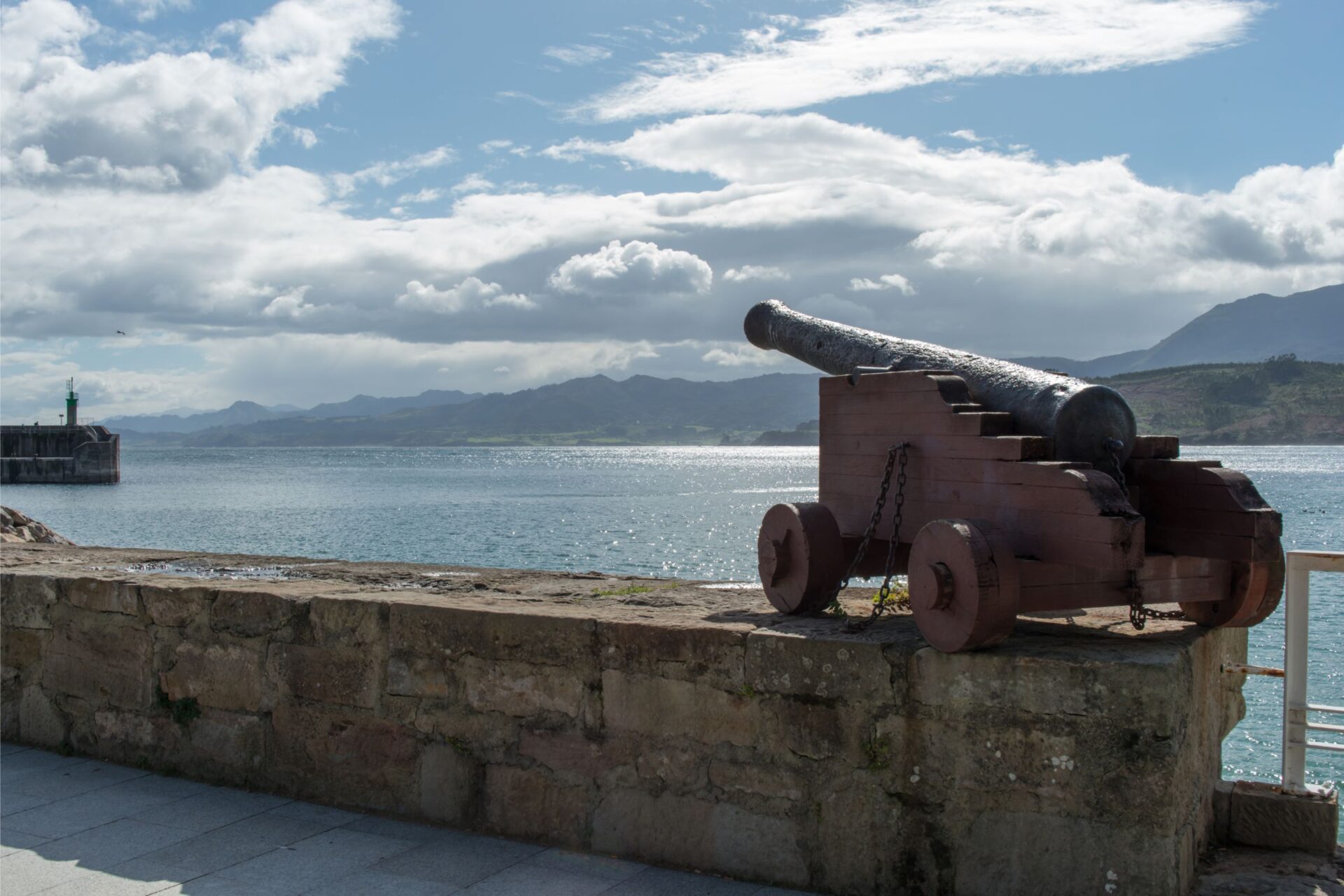
That view stuck with me—fishing boats bobbing in the water, their colors mirrored on the calm surface.
The breakwater, recently renovated and stretching about 55 meters, keeps the harbor safe. It’s not just pretty; it works.
Locals and travelers gather here. Some snap photos, others just soak up the breeze.
Harbor Life: Daily Rhythms and Local Characters
Every day, the harbor wakes up as fishing boats head out at dawn. Later, I watched crews return, unloading crates of fresh seafood.
There’s a mix of ages. Older fishermen swap stories. Younger ones haul nets or sort the day’s catch.
Some wear worn-out caps and boots, giving the place a lived-in, working vibe.
If you want to see Asturias through independent travel, Lastres is ideal. The harbor isn’t just a tourist attraction—it’s part of the village’s daily rhythm.
Locals walk the same paths as visitors. Shop owners, cooks, and families gather by the water.
I chatted with a fisherman and got tips for finding the best sidra in town. Sometimes, the best advice comes from these quick, friendly talks.
Atmosphere and Sightseeing Along the Quay
Walking the quay, I found plenty to catch my eye:
- Fishing boats and sailboats moored side by side
- Piles of colorful fishing nets
- Kids playing at the water’s edge
Several benches let you sit and watch the harbor’s action. For sightseeing, I wandered past seafood restaurants serving the freshest catch, often listed on chalkboards.
The maritime museum sits just a short stroll away. Local shops sell crafts you won’t find elsewhere in northern Spain.
The views from the outer wall are breathtaking, especially at sunset when golden light hits the cliffs and sea. Bring a camera or sketchbook—there’s always something memorable.
Tourist info is easy to spot. Signs guide you to must-see spots and offer maps for walking tours.
The Fishing Boats Return: A Timeless Spectacle
Watching the fishing boats return in Lastres Harbor isn’t just about boats docking. It’s tradition, community spirit, and daily life all rolled into one.
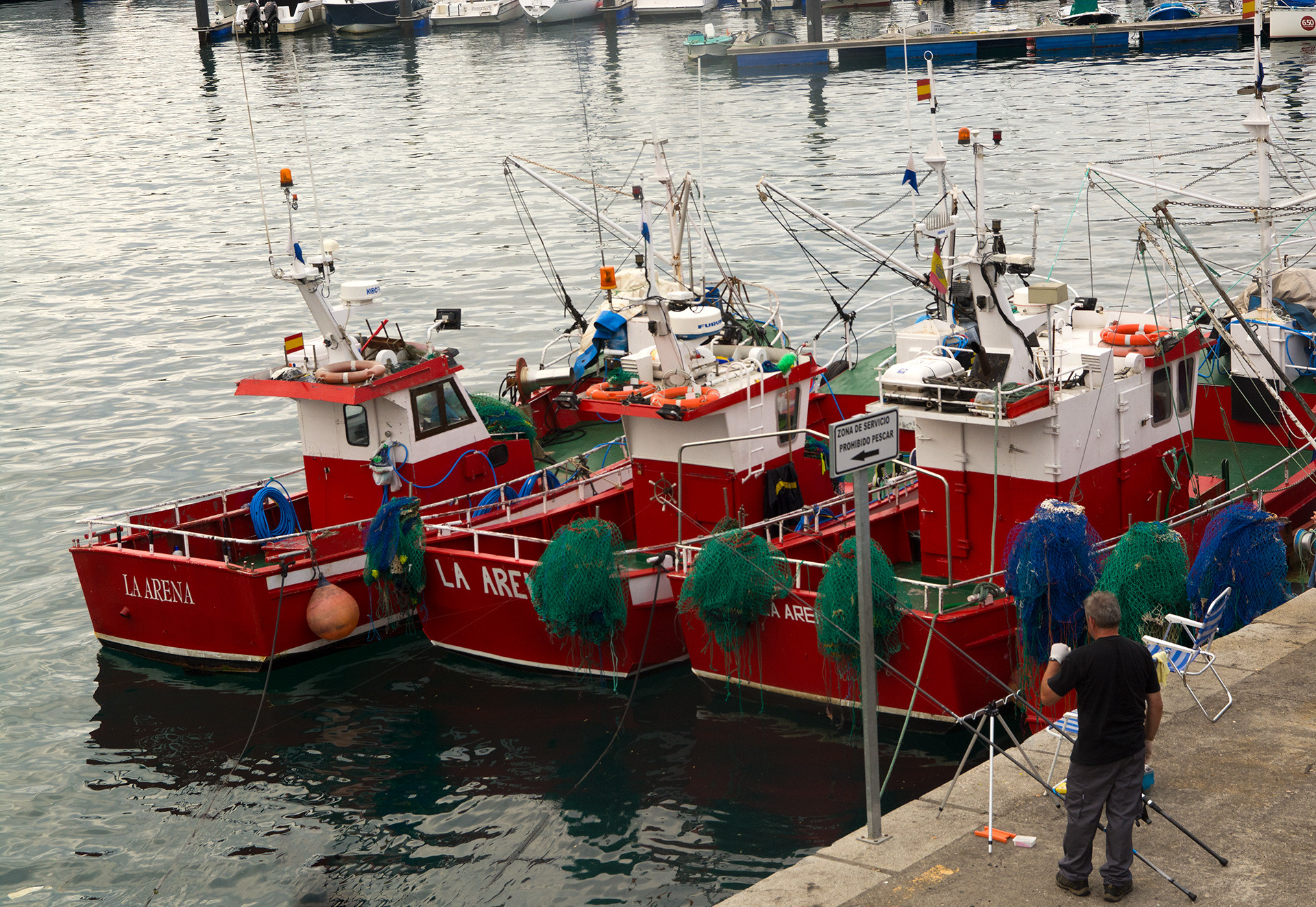
Arrival of the Boats and Community Gathering
Every evening, I watched colorful fishing boats glide back into Lastres Harbor. The low hum of engines and fishermen’s calls filled the air.
Villagers gathered along the edge, some with baskets or empty bags. Neighbors chatted, kids pointed out favorite boats, and older folks shared quiet smiles.
The end of the workday brought everyone together to see what the boats brought in.
This arrival felt like a small festival, even though it happened every day. Sometimes, fresh fish sold right off the deck, with prices haggled on the spot.
The harbor buzzed with life. Everyone seemed to play a part, whether buying, chatting, or just watching.
Local Traditions Around the Catch
Buying fish straight from the boats goes way back in Lastres. It shows the area’s deep fishing roots.
Some families have long ties to the harbor. Boats often carry names of local legends or relatives.
During local festivals, the first boats back or the biggest catches get special attention. Kids sometimes help sort smaller fish, learning from their parents and grandparents.
These little traditions keep the community close to the sea and its story.
Sharing news about the catch or swapping recipes brings neighbors together. Cooking and eating the fresh catch at home brings the sea right to the table.
Honestly, nothing sums up Asturian life better than this link between harbor and home.
Watching the Process: A Personal Perspective
Standing on the stone docks for the first time, I felt like I’d wandered into a living story. Salty air, gulls calling, and the clatter of ropes set the scene.
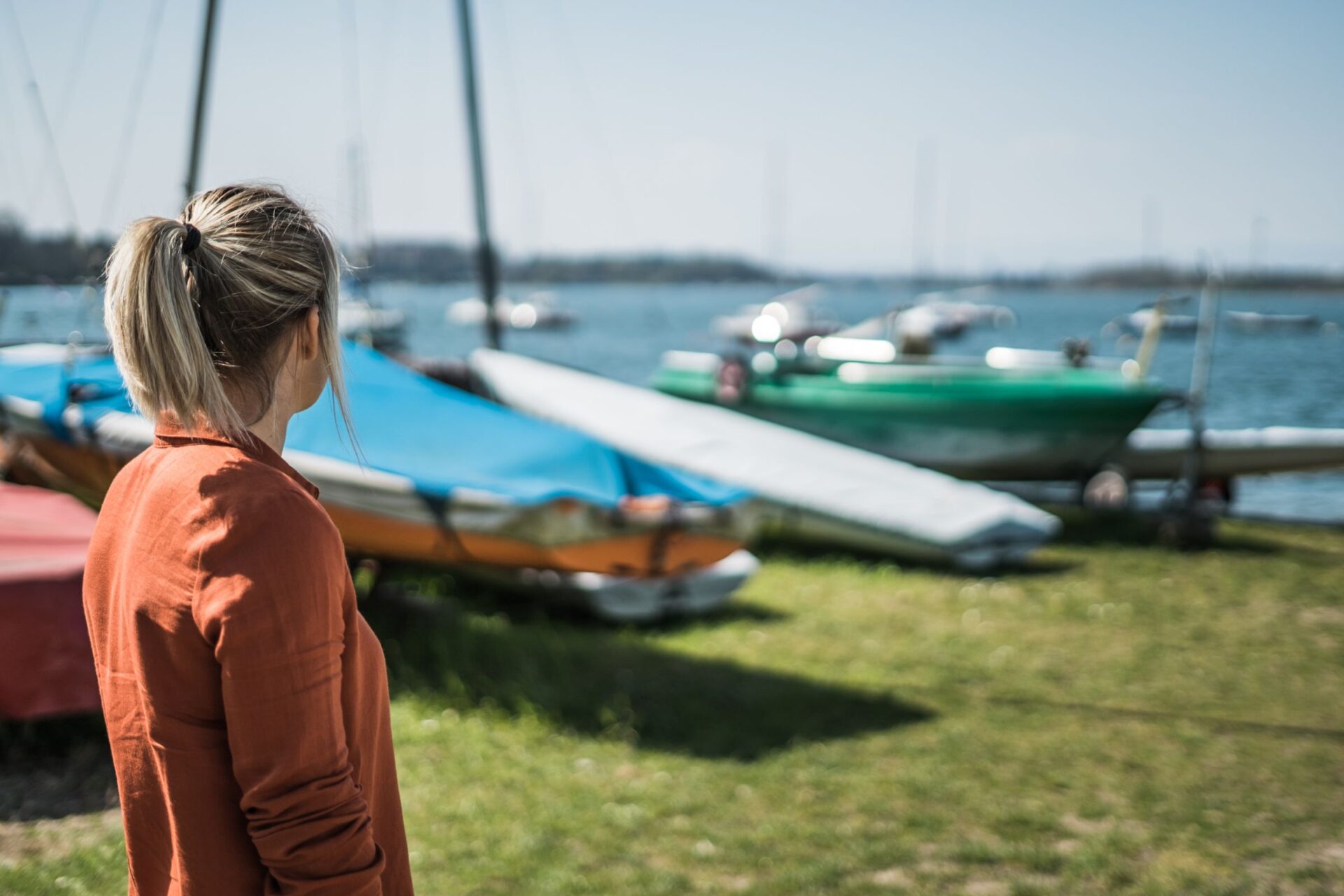
I watched fishermen unload nets and sort their fish with practiced hands. Seeing so many kinds of fish up close surprised me.
Locals greeted their favorite fishermen by name. The mood was friendly, but everyone moved with purpose as ice chests filled up.
If you want to catch this scene, visit the harbor in late afternoon and find a spot near the action. Stay respectful and keep a bit of distance.
Bring a camera, but also just stand there and take it in—the return of the boats is both a chore and a piece of living history.
Asturian Coastal Flavors: From Sea to Table
Fresh seafood shapes the food scene in Lastres. Local dishes celebrate the region’s fishing traditions with both simple and rich flavors.
Fresh Seafood at Harbor-side Eateries
Sitting by the fishing boats, I watched workers unload baskets of fish and shellfish. Harbor-side restaurants like El Mirador and El Mesón del Pescador serve seafood just hours after it leaves the water.
Menus often feature catch-of-the-day specials. Grilled sardines, octopus, or hake come out sizzling, seasoned with sea salt and olive oil.
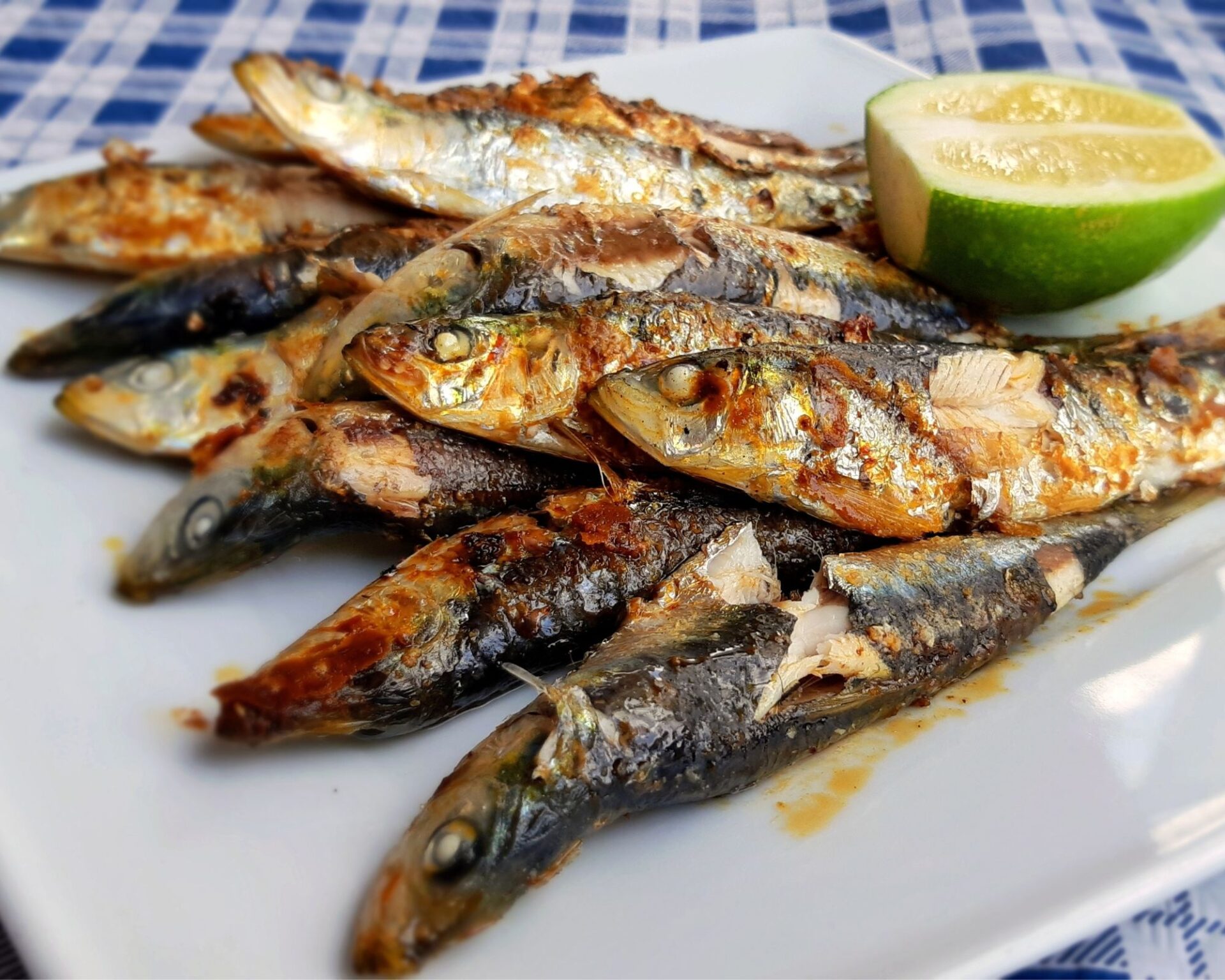
Sometimes, chefs fry up calamares fritos or marinated anchovies. The smell of fresh, cooked seafood drifted through the salty air, making every bite memorable.
If you love variety, check the chalkboard menus. These change daily with the fishermen’s catch, so there’s always something new.
The staff are friendly and happy to recommend dishes or answer questions about where the food comes from.
Local Cuisine and Tapas Culture
Asturian food goes way beyond seafood. I tried fabada, a bean stew with chorizo and morcilla. It’s perfect after a breezy afternoon by the harbor.
Tapas culture thrives here. Most bars and small eateries offer plates of empanadas, local cheese, or fried croquettes alongside cider or wine.

Sharing these small bites with friends made each evening lively and welcoming.
On busy nights, bar counters fill with locals swapping stories over plates of snacks. I learned to order a few varieties and enjoy the slow pace of dinner.
Locals love to share tips about their favorite dishes, and honestly, it’s the best way to discover something new.
Discovering Food and Wine Pairings
Asturias is famous for its sidra—a tart, natural cider. Local servers pour it from high above their heads, letting it fizz and release flavor.
I was surprised how well it paired with shellfish and smoked fish. Menus often suggest pairings.
Light white wines from northern Spain, like Albariño or Txakoli, brighten up fresh fish. For richer plates like fabada or spicy chorizo, a red wine or robust cider works best.

Most meals, I finished with cider, a local dessert, and a chat with owners about pairings. People here really care about matching the right drink to the right dish.
Practical Travel Advice: Getting the Most Out of Your Visit
Visiting Lastres means thinking about transport, places to stay, local schedules, and how to really enjoy the Asturian coast.
My best tips come from local advice, my own experience, and details that made every moment easier and more fun.
How to Reach Lastres and Transportation Tips
Lastres sits on Spain’s northern coast, in Asturias. I found driving easiest since public transport can be spotty, especially on weekends.
If you fly in, Asturias Airport is about an hour and twenty minutes away by car. Most visitors rent a car at the airport so they can explore nearby villages and beaches.
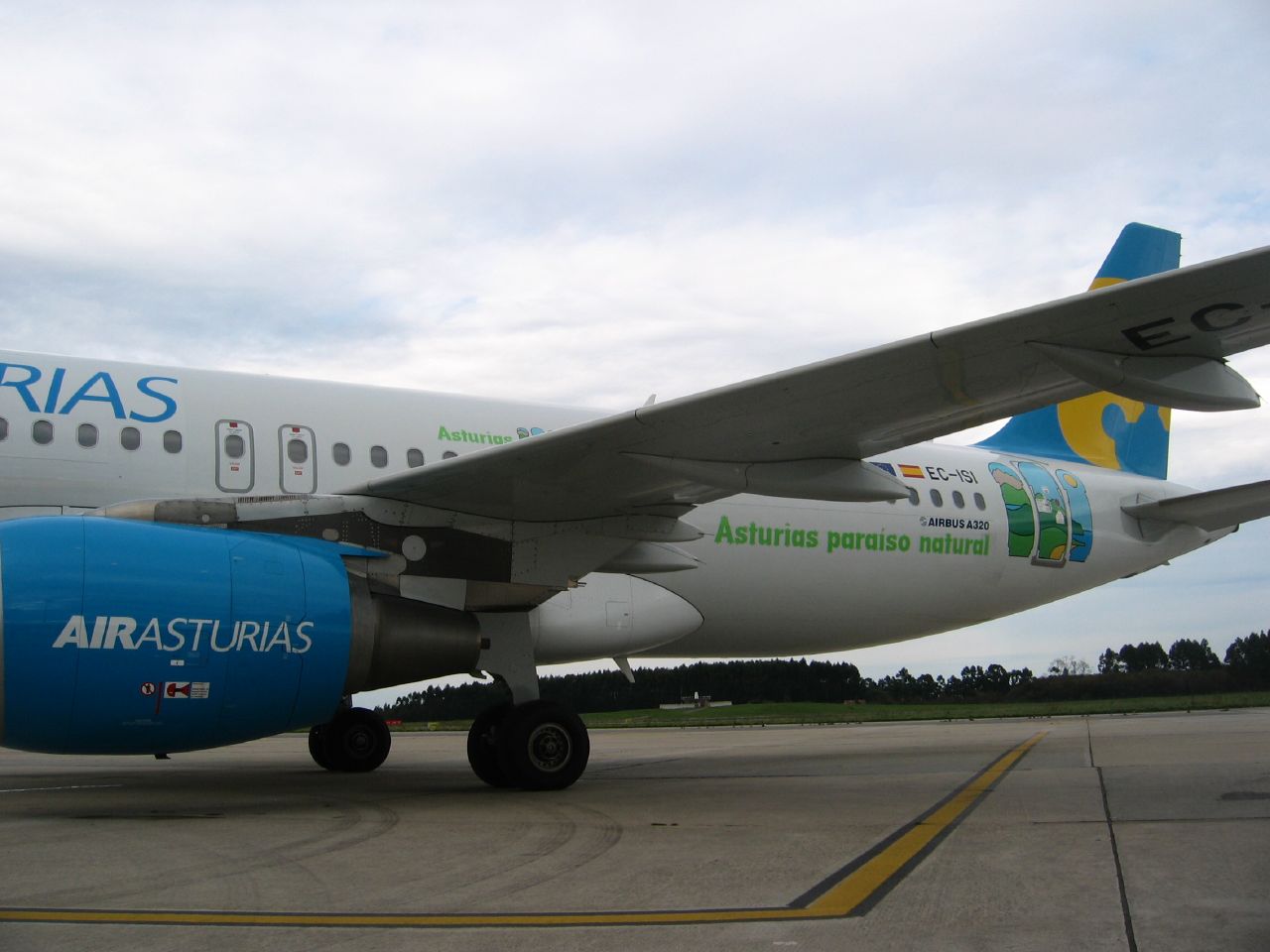
Image Source: Wikimedia Commons
Buses connect Oviedo, Gijón, and Villaviciosa to Lastres, but they don’t run as often as city routes. Parking in Lastres can be tough, especially in summer.
Arriving early helped me grab a spot near the port or in public lots above the harbor. Walking the village is easy and pleasant, with winding streets and sea views everywhere.
Where to Stay and Accommodations
Lastres offers a range of places to stay, from small family-run inns to modern hotels overlooking the sea. Casa rural guesthouses have authentic charm and warm hospitality that make your stay feel personal.
I stayed in a local inn, which put me close to both the harbor and the beach.
If you want more comfort, there are three- and four-star hotels with great amenities and stunning views. Rooms near the main plaza or waterfront are perfect for exploring on foot.
During peak season (July and August), it’s wise to book early—Spanish tourists love this town. Some travelers stay in nearby towns like Colunga or Ribadesella for more options, especially if you’re planning to see other Asturian sights.
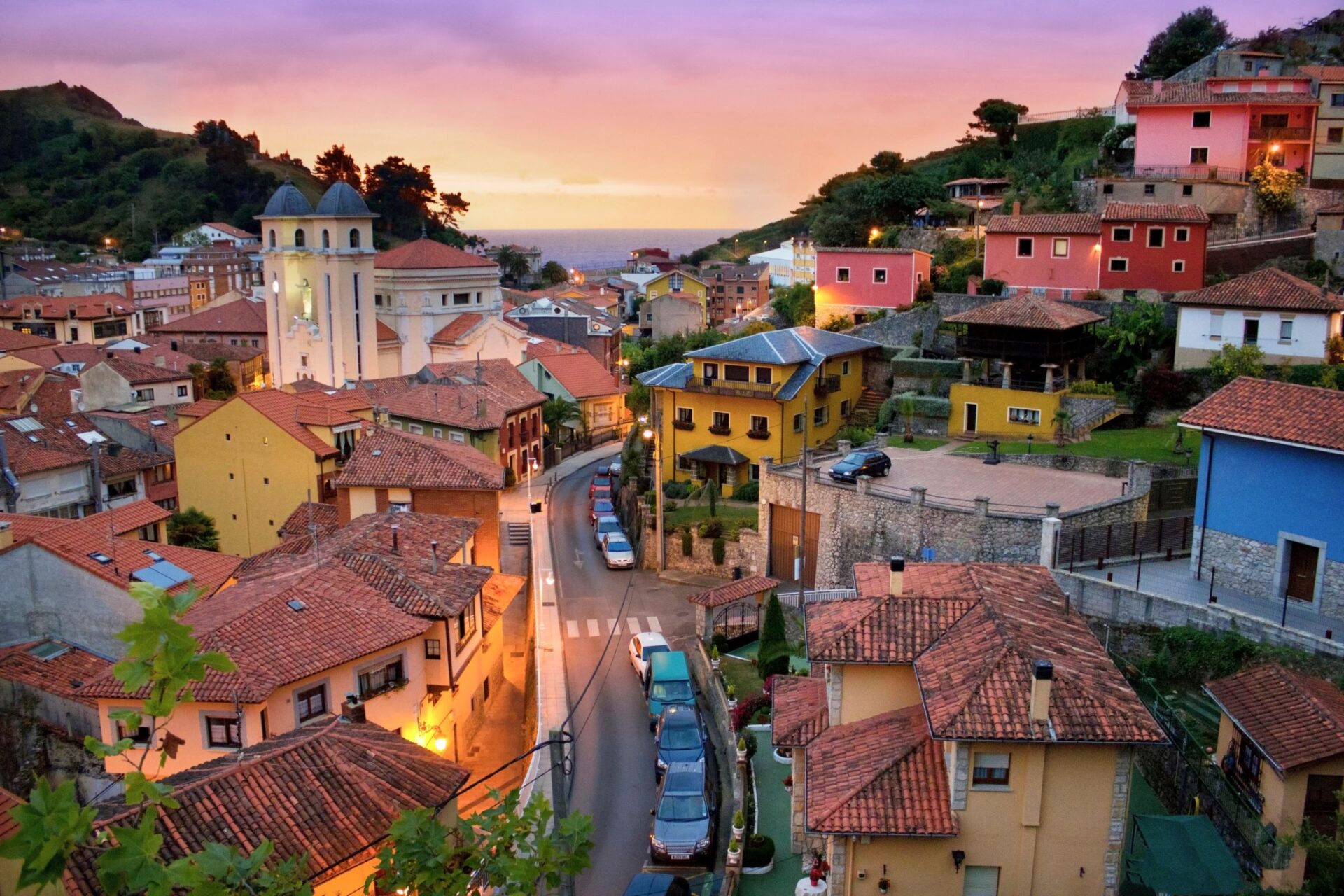
Best Times to Watch the Boats Return
Fishing boats in Lastres usually return late afternoon, bringing in the daily catch. I found arriving around 4:00 pm gave me a front-row seat to the action.
The harbor buzzes with life, especially on weekdays when more boats come in.
Spring and early autumn worked best for me—not crowded, mild weather, and a relaxed pace. Summer gets busier, but the harbor feels even more alive.
Windy or rainy days might mean fewer boats, so checking the weather helps you plan.
Suggested Itineraries for the Asturian Coast
Spending one or two days in Lastres lets you soak up harbor life and enjoy the beach. I like to start my day with a walk up to the Mirador de San Roque for sweeping sea views.
Lunch by the port is a must. In the afternoon, watching the boats return is the highlight, then I wander the old streets or grab ice cream.
If you have more time, the coast offers lots to explore. Day trips to villages like Tazones or Luces are easy by car.
Pair a visit to the Jurassic Museum of Asturias with a relaxing day at Playa de la Griega. With three or more days, a road trip east to Llanes or west to Cudillero gives you a deeper look at fishing heritage and natural beauty.
Walking trails between coastal towns connect charming stopovers and hidden beaches. Every day feels different and memorable.
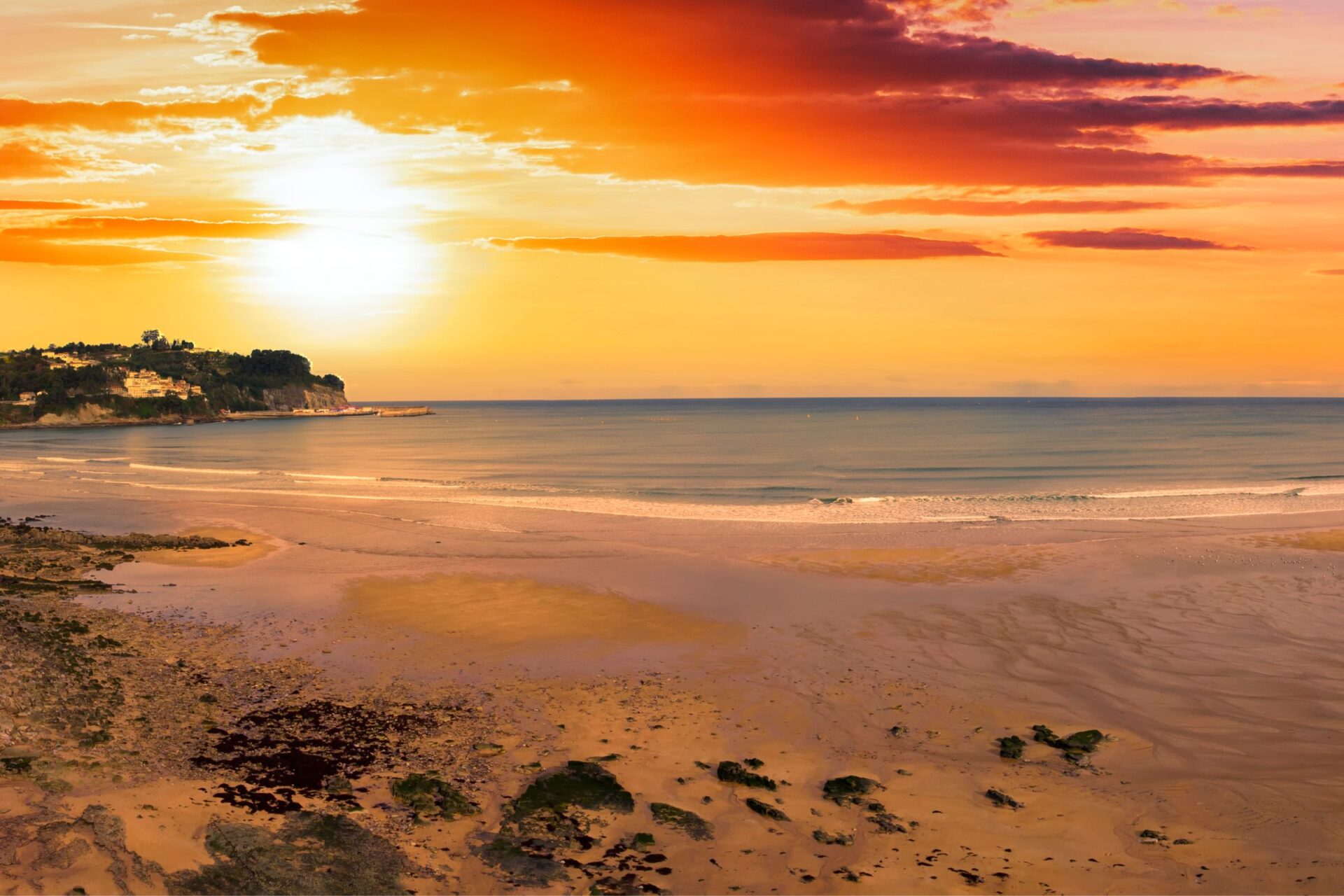
Beyond Lastres: Exploring Asturian and Spanish Coastal Heritage
Spain’s coastlines are dotted with fishing villages, each with its own story, traditions, and influences.
Rich histories shape local food and culture here. Striking architecture and the arts reveal centuries of change, from Asturias to Andalucía.
Other Charming Fishing Villages
When I wandered beyond Lastres, I stumbled on so many coastal gems scattered across northern Spain.
Rinlo sits not far from Lastres and people know it for barnacles and fresh seafood in the little local cafes.
I loved walking by the harbor, watching boats bob in the evening light, almost like the ones in Lastres.
A bit further west, Cudillero hugs a steep hillside, its houses painted in bright, happy colors.

When I came through, I saw fishermen fixing their nets on the stone docks while kids ran around playing nearby.
Time seems to slow down here.
Every corner just sort of calls you to stop and take it in.
If you head down to Andalucía, you’ll find whitewashed villages like Salobreña perched above the Mediterranean.
These places blend Moorish heritage with a relaxed beach vibe that’s hard not to love.
Cultural Insights: History and People
Asturias has a fishing tradition that goes back hundreds of years.
In Lastres, I listened to old men telling stories about whaling and sardine catches—their voices roughened by the sea wind.
Folks here really take pride in their roots.
Fishing, farming, family—they all tie generations together.
As I traveled along Spain’s coast, I noticed how deeply the country’s cultural mosaic runs.
Galicia feels shaped by Celtic myths and old pilgrim routes.
Andalucía bursts with flamenco music and carries echoes of Moorish rule.
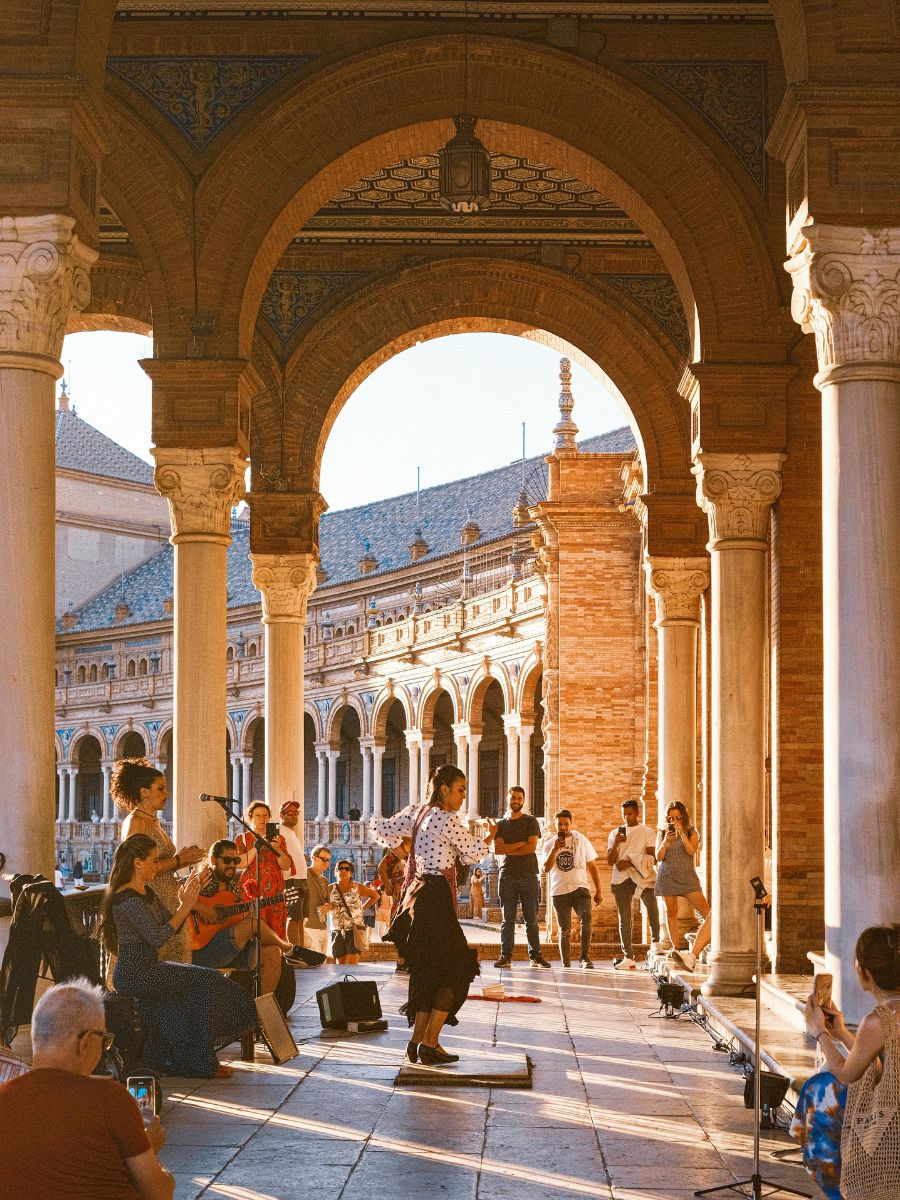
I met families in small towns still celebrating local festivals that keep stories from medieval times alive.
In every region, the sea leaves its mark on daily life and the customs people hold onto.
Regional Architecture and Artistic Influence
Asturia’s coastal villages, like Lastres, show off stone houses with red-tiled roofs. You’ll usually find them clustered on steep hills, all gazing out toward the ocean.
I couldn’t help but notice the blue-painted balconies and those wooden galleries—they give these homes a charm that’s tough to forget. Even the tiniest churches seem to belong right where they are, almost as if the landscape itself built them.
As I made my way across Spain, the architecture kept surprising me. In León and Salamanca—both in Castilla y León—I found myself admiring Gothic cathedrals and grand Renaissance plazas.
Granada’s Alhambra blew me away with its delicate arches and quiet courtyards. And the Giralda tower in Seville let me take in sweeping views over those endless orange-tiled roofs.
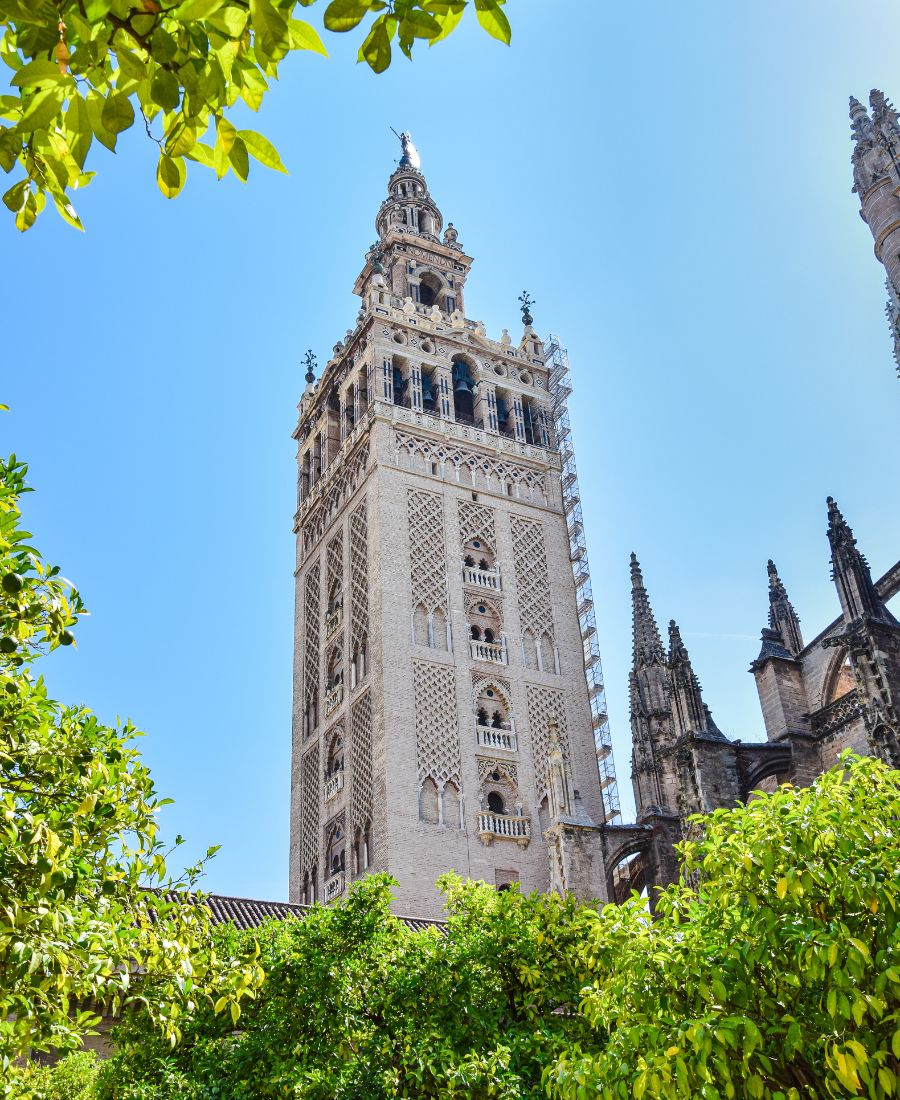
Art just seems to seep out of these places. In Madrid and Barcelona, museums highlight centuries of painting and sculpture.
But honestly, even in a sleepy Asturian port, you’ll spot hand-painted tiles or carved wooden boats—proof that everyday creativity and pride run deep here.

